People Say This New Acne-Scarring Treatment Works Wonders—I Put It to the Test
Radiofrequency microneedling is a buzzy treatment said to help improve skin texture and acne scarring, so our beauty editor tried it.
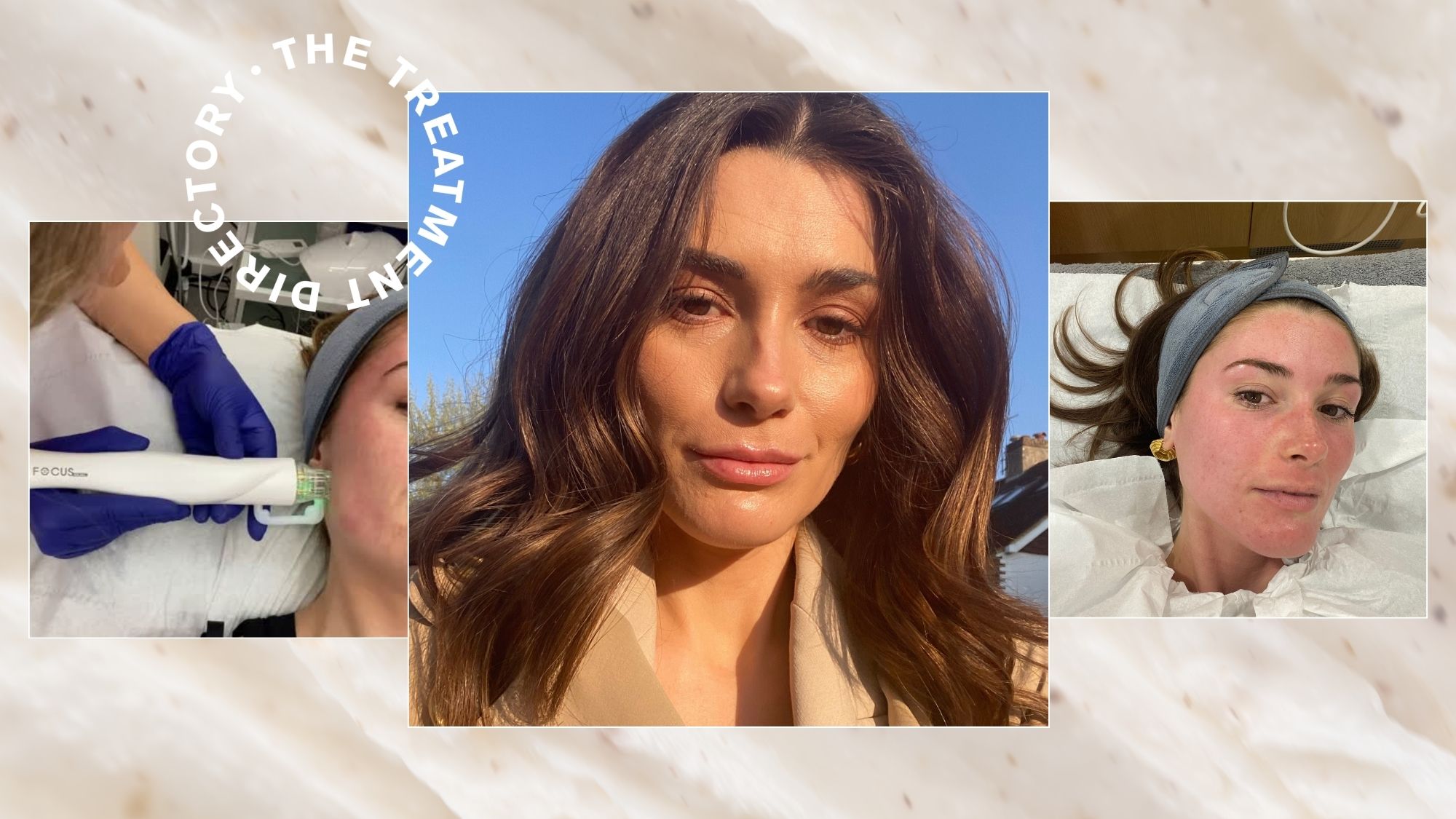
- What Is Radiofrequency Microneedling?
- How to Prepare for Radiofrequency Microneedling
- Does Radiofrequency Microneedling Hurt?
- How Long Does Each Radiofrequency Microneedling Treatment Take?
- Radiofrequency Microneedling Aftercare
- Before
- After
- How Long Does It Take to See Results?
- My Verdict
- How Much Does a Radiofrequency Microneedling Treatment Cost?

I developed hormonal cystic acne in my early twenties, and whilst I've since gotten it under control with medication (spironolactone, in case you were wondering), I still have some uneven skin texture on my chin where the stubborn breakouts persisted (even with a diligent skincare routine).
It's not severe or particularly obvious to those around me, but it has always bothered me, and I was finding that skincare alone wasn't enough to sort it—even retinol wasn't cutting it. So when aesthetics device manufacturer Lynton launched Focus Dual, a machine that combines radiofrequency with microneedling (also known as RF microneedling, FYI) to treat several skin concerns, including acne scarring and uneven skin texture, I wondered what it might do for me.
Radiofrequency microneedling has become one of the most popular aesthetic treatments in the industry over the past few years. Debbie Thomas, skincare expert and founder of D.Thomas Clinic in London, was one of the first to offer RF microneedling with the Focus Dual. "Combining two clinically proven technologies—radiofrequency and microneedling—that work synergistically, the RF microneedling treatment offers dramatic skin-boosting results," she says. "RF microneedling is a versatile treatment, effective for age management, healthy skin promotion, overall textural improvements and scar and acne reduction."
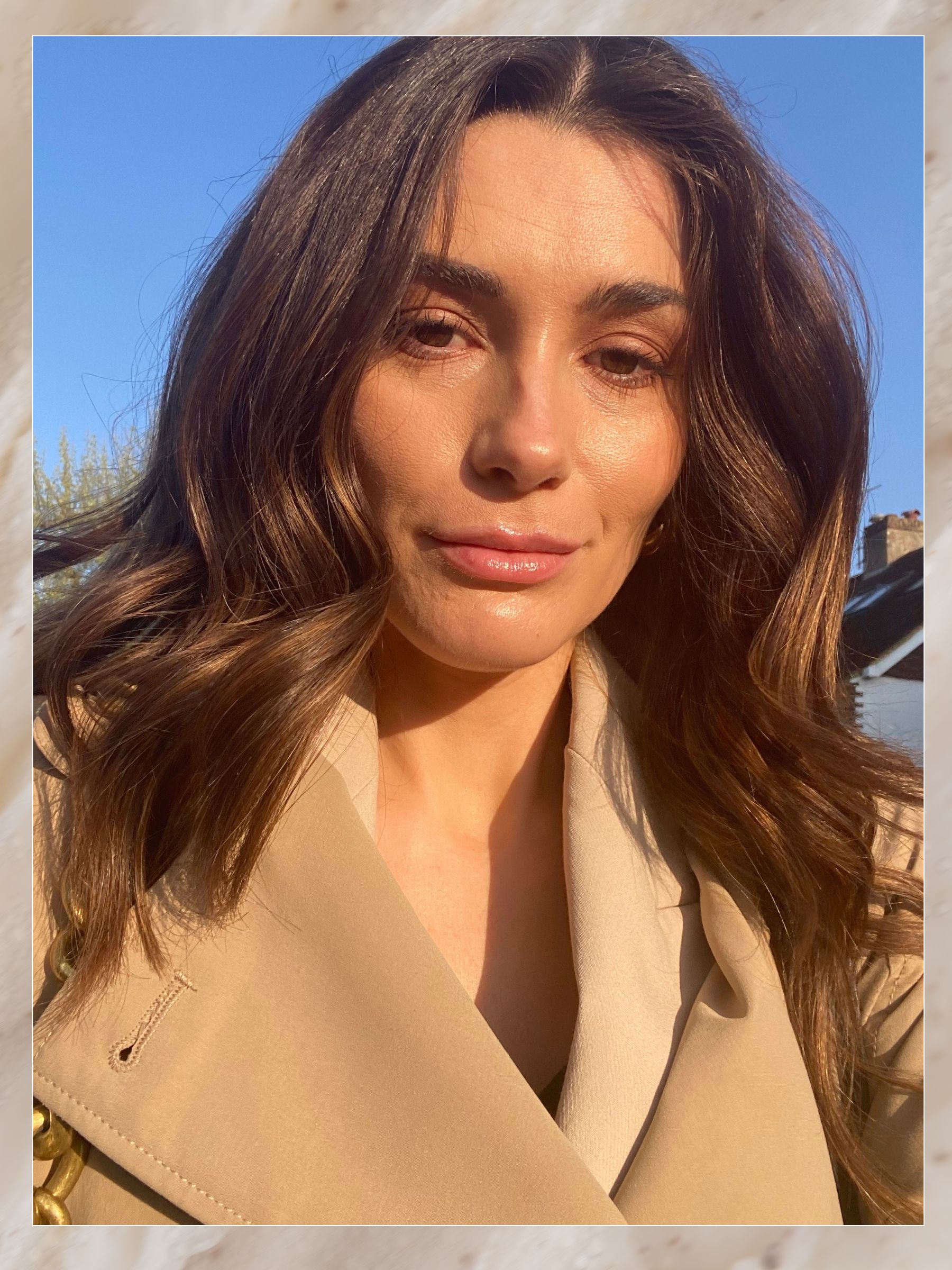
In some lighting, the uneven skin texture on my chin is more apparent, and my makeup doesn't go on as smoothly as I'd like it to, as shown here.
Naturally, I jumped at the opportunity to try RF microneedling for myself. Ahead, you'll find my honest review of the treatment, my before-and-after pictures and what I think you need to know about this innovative treatment.
What Is Radiofrequency Microneedling?
So, what exactly is radiofrequency microneedling? When I headed to the D.Thomas Clinic, I put the question to my clinic therapist, Elinor Hooper, who conducted my course of treatment. She explained that the device uses 25 tiny pinhead needles to puncture the skin. This controlled injury triggers the skin's healing response to kickstart collagen generation. "Microneedling is really good for refining the skin and helping to even the texture, whilst the radiofrequency creates heat to tighten and stimulate collagen," she says. "So, the two together help to improve the overall appearance of the skin."
A vacuum suction draws the skin into the tip evenly before the needles—which are finer than other competitor devices—are released, making it more efficient at delivering efficacious results and triggering the skin into recovery mode, where remodelling can occur.
My primary goal was the uneven texture on my chin, but this treatment can also address a whole range of skin concerns on both the face and the body. It can treat pigmentation and acne scarring, as well as plump fine lines and help reduce the appearance of enlarged pores, too. It also has a tightening effect, making it ideal for a subtle lift. Plus, it can be used on the body too, and is particularly effective at treating stretch marks.
How to Prepare for Radiofrequency Microneedling
Before my first Focus Dual radiofrequency microneedling treatment, with numbing cream.
I was recommended a course of three treatments, each four weeks apart, to get the best results that I was hoping for. Depending on the severity of your concerns, you may need fewer or more treatments to achieve your goals. It's recommended to avoid sun exposure prior to your treatment, so autumn/winter is the ideal time to get started.
That said, I had come back from holiday the week before my initial treatment, so my therapist used insulated needles, which are a little gentler on sun-exposed skin. These needles are also more suited to dark skin tones, but your therapist will determine which is best for your skin tone, as well as which needle depth will achieve the best results for you.
Does Radiofrequency Microneedling Hurt?
Now, the answer that everyone wants to know. Does it hurt? I won't lie, it feels quite pinchy, particularly so in sensitive areas like around the eyes and lips, but you soon get used to the sensation. My therapist treated my face and neck, and she went over the areas of concern two or three times. As you can see below, I was quite red and my skin felt hot, but my therapist assured me this was all normal and a good reaction to the treatment. I would describe it as similar to feeling a little sunburnt, and I was this red for around an hour after my treatment (cue running out of the clinic with my biggest sunglasses on as I made my way to the nearest tube station). The redness subsided, and I looked less flushed after a couple of hours.
If you're really worried about it hurting, you can pop some numbing cream on beforehand. I went without for my first treatment, and whilst it was mostly bearable, I would highly recommend using it for a more comfortable experience, especially if you have a low pain threshold. Depending on which council oversees the area the clinic is in, you may need to buy and apply the cream yourself. If this is the case, it's because some councils allow only medical professionals to "prescribe" and apply the cream to patients (and it's likely that the practitioner who performs your treatment won't be a doctor or prescriber, as the law doesn't require microneedling to be carried out by a medical professional).
This was the case at D.Thomas Clinic, so I bought a tube of numbing cream and let it sit on my skin for 40 minutes before my subsequent treatments.
How Long Does Each Radiofrequency Microneedling Treatment Take?
Each treatment lasted for around 45 minutes, and I had three treatments in total, spaced four weeks apart. I was given some aftercare advice after each treatment—more on that below.
Radiofrequency Microneedling Aftercare
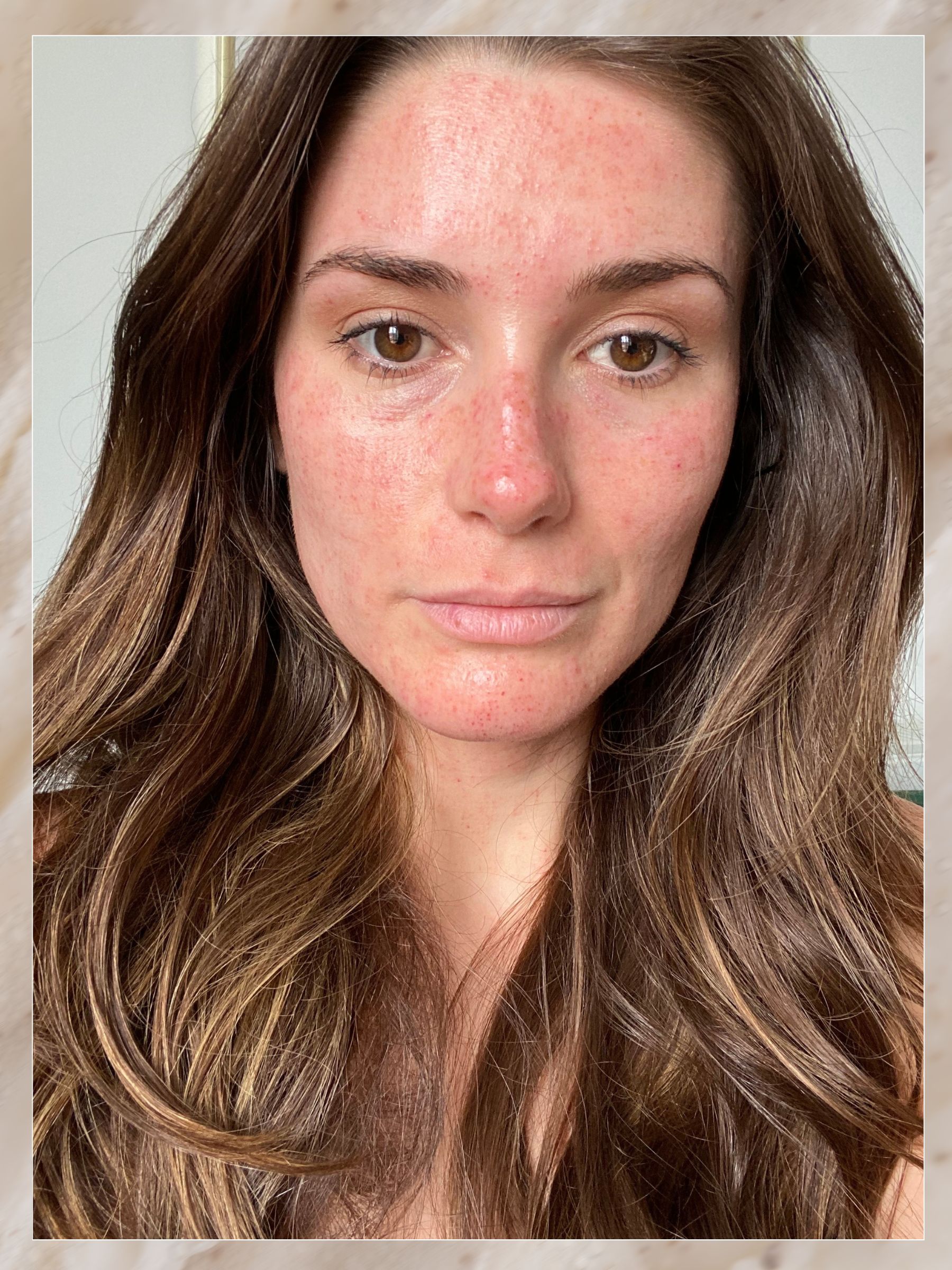
My skin two days after my radiofrequency microneedling treatment.
In the days after each treatment, my skin was pink, and I could see the marks where the needles had punctured my skin. It certainly looks more severe here than it actually was, and I didn't experience any pain whatsoever in the days after treatment. This lasted up to four days, after which my skin settled and the bumps disappeared. Naturally, my face was more sensitive during this time, so I was given some aftercare tips to ensure it healed well.
I only used gentle skincare for the four days after each treatment, and mostly avoided stronger active ingredients such as retinoids and exfoliating acids for the duration of my treatment course. Lynton has a cooling serum gel, which is designed to be used post-procedure, and I did so in the days after each treatment. I stayed out of the sun and wore SPF each day, which is even more important than usual, as the skin is particularly sensitive after needling. After a week, I could introduce my salicylic-acid cleanser and hyaluronic-acid serums back into my routine as normal.
It's okay to wear makeup 24 hours after an RF needling treatment, but I tried to go without for as long as possible, as I found my acne-prone skin was easily clogged where it was more exposed. If you do want to wear makeup, mineral-based powder foundations are recommended. It's also advisable to avoid swimming, saunas and vigorous exercise that causes your skin to heat up for a couple of days after your treatment.
Before
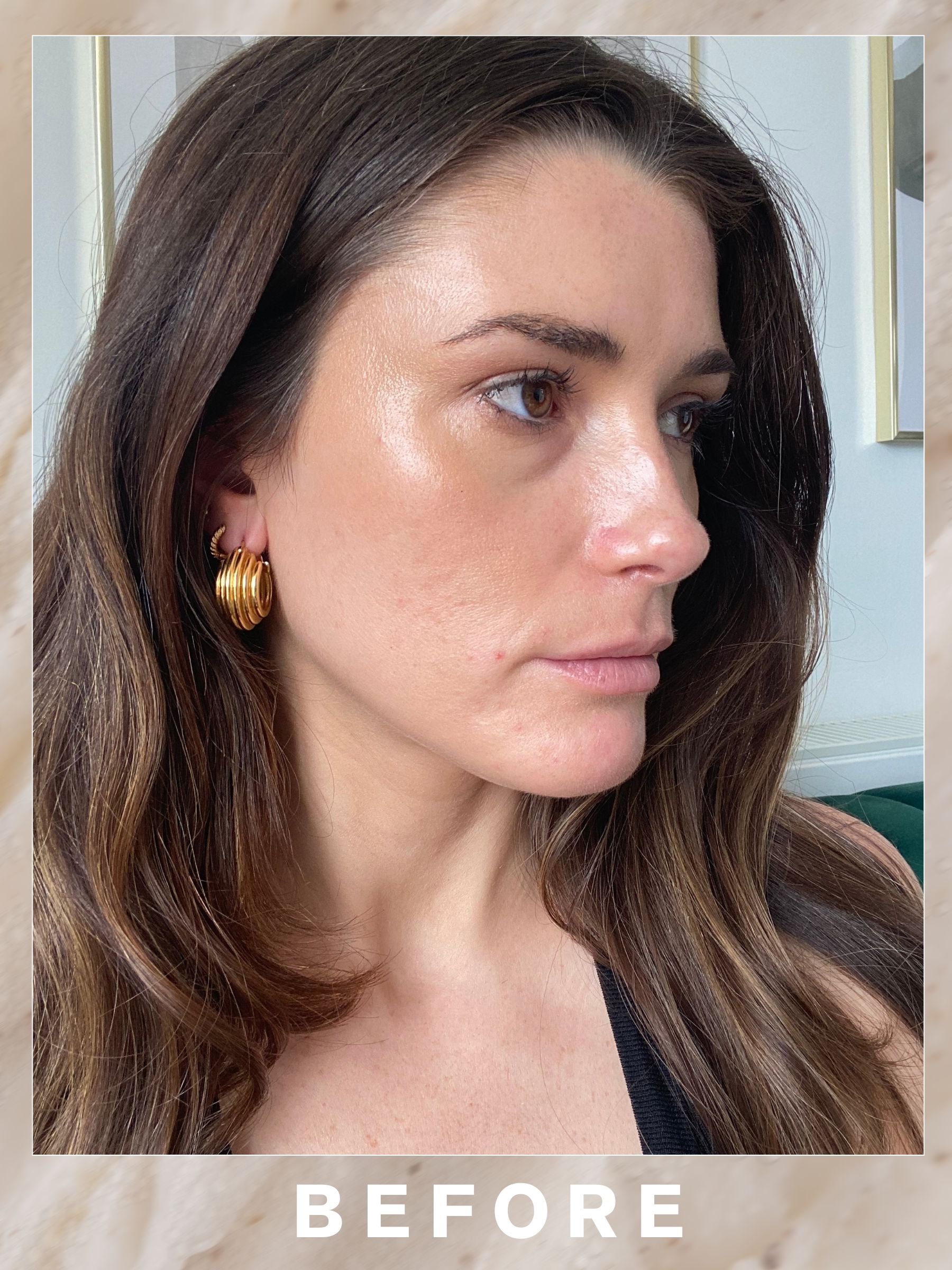
Before my treatment.
After
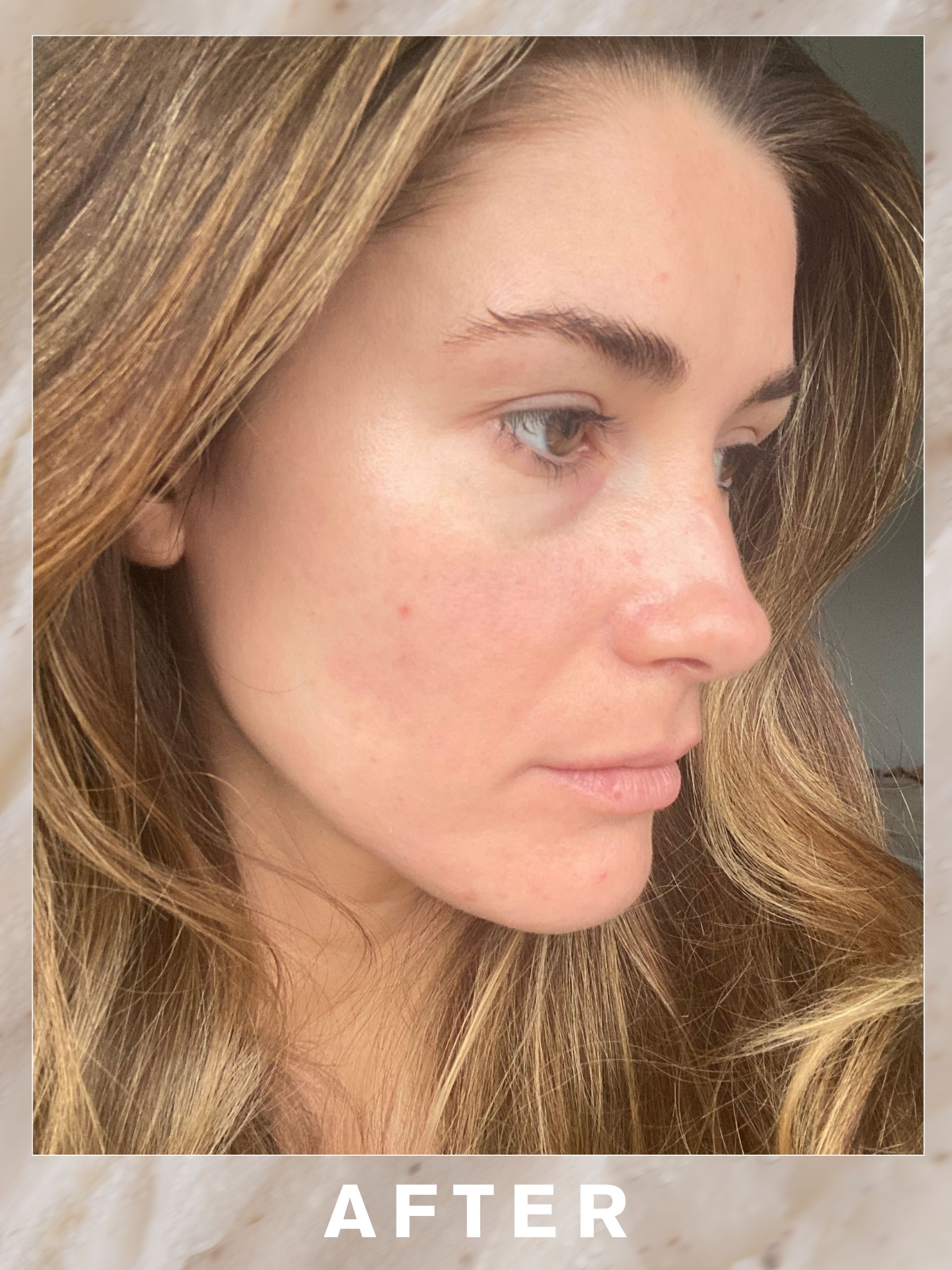
One month after my third and final treatment.
How Long Does It Take to See Results?
It can take up to three months from your first treatment to see the full results, but initial changes can be visible six weeks after the first. I had my first RF microneedling treatment at the end of July, and my final one at the end of September. This "after" picture is about three months after my first treatment. Because of the skin-healing process and collagen production that occur as a result, you can expect to see further results around the six-month mark.
Whilst it's subtle, my skin texture is currently smoother and feels plumper. The scarring on my chin and jawline is also less prominent, and I feel my pores are less noticeable, and fine lines have been plumped. I've even noticed a little bit of lifting around the corners of my mouth.
My Verdict
With the results that I've seen so far, I would really recommend this treatment to anyone who wants to address skin-texture concerns, pigmentation or acne scarring, or if you just want to give your skin a boost. The treatment can be uncomfortable, and the downtime needs to be managed well, but I feel the results are absolutely worth it.
As someone who has previously had microneedling as a standalone treatment, I can say that I've experienced even better results with the addition of radiofrequency. It's now been three years since I had my course, and I can still see the benefits; though I'd be inclined to book another course to improve the acne scarring even further.
How Much Does a Radiofrequency Microneedling Treatment Cost?
Treatment cost will vary from clinic to clinic. At D.Thomas Clinic, Focus Dual starts at £395 for a single treatment or £1067 for a course of three.
Disclaimer: It’s crucial to do thorough research into the aesthetics procedure and practitioner(s) you’re considering. For injectable treatments, we advise checking the GMC (General Medical Council), NMC (Nursing and Midwifery Council) and GDC (General Dental Council) registers to ensure your chosen practitioner is a registered medical professional with an active licence to practice medicine in the United Kingdom. Note that Botox (botulinum toxin) is a prescription medicine in the UK, and therefore can only be legally prescribed by a cosmetic or aesthetic doctor, surgeon, dentist (not a dental therapist or hygienist) or nurse prescriber after a face-to-face consultation. Dermal fillers and biostimulators (such as polynucleotides) are not prescription medicines, and can therefore be performed by non-medics (like an aesthetic practitioner, for example), though we still recommend seeking treatment with a doctor or nurse to ensure you are in the hands of someone who has the skill, experience and tools necessary to deal with any complications, should they arise. You can find recommended and vetted practitioners near you on The Tweakments Guide, or the BCAM (British College of Aesthetic Medicine) and BAMAN (British Association of Medical Aesthetic Nurses) registers. Additionally, the Government has recently announced a crackdown on unsafe cosmetic procedures, and amongst other measures, is urging the public to only visit practitioners at providers registered with the CQC (Care Quality Commission).
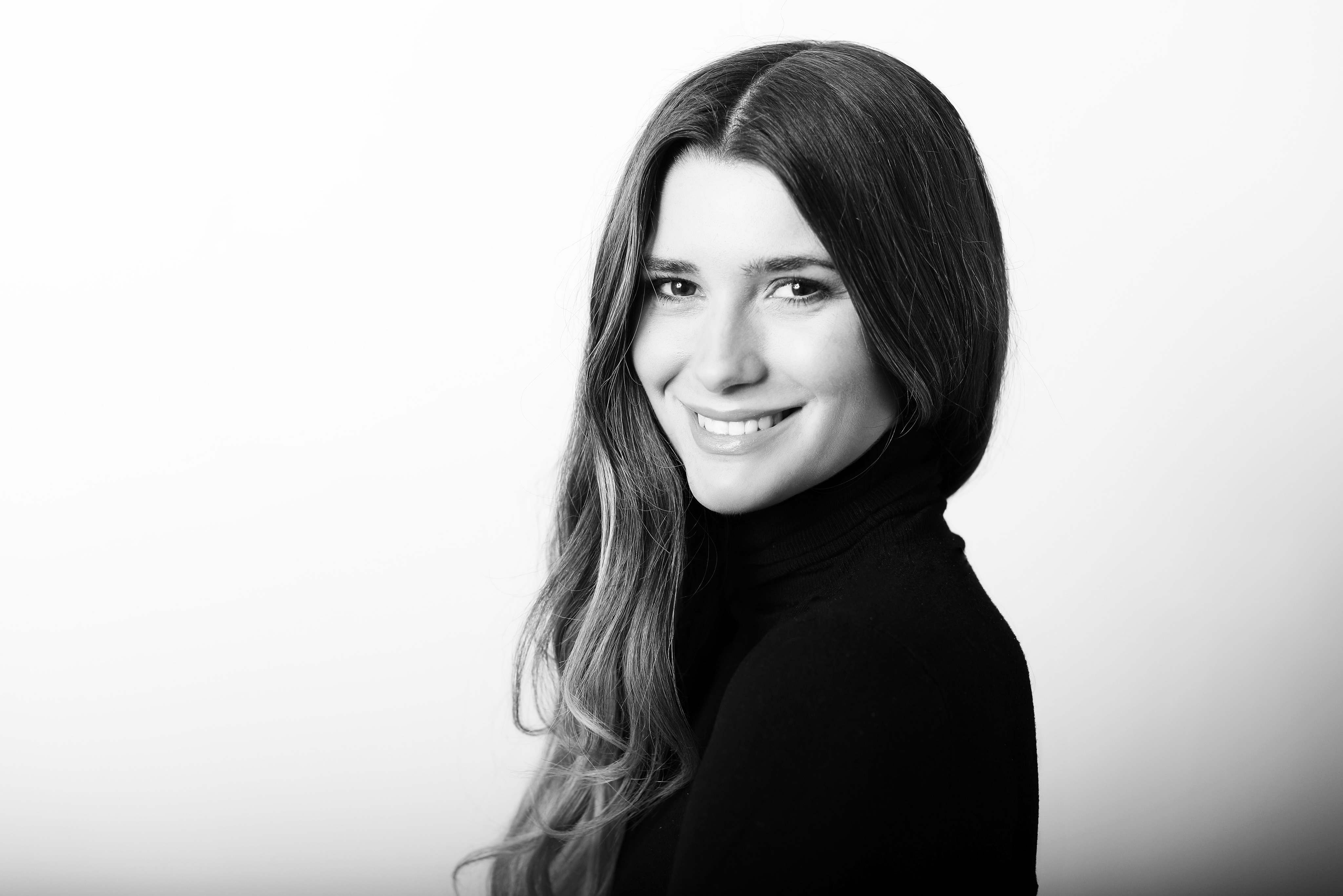
Eleanor Vousden is the beauty editor for Who What Wear UK. She was previously deputy editor at Hairdressers Journal, health writer at Woman & Home and junior beauty editor at Powder. She has also contributed to Wallpaper and Elle Collections.
With a degree in fashion journalism from the London College of Fashion, she has 10 years of industry experience and has been highly commended at the BSME Talent Awards for her work on Powder and also contributed to the title winning Website of the Year at the PPA Awards.
Eleanor’s journalistic focus is providing readers with honest and helpful beauty content. She has interviewed celebrity makeup artists, hairstylists and dermatologists throughout her career, as well as celebrities such as Hailey Bieber, Sarah Jessica Parker and Scarlett Johansson.
